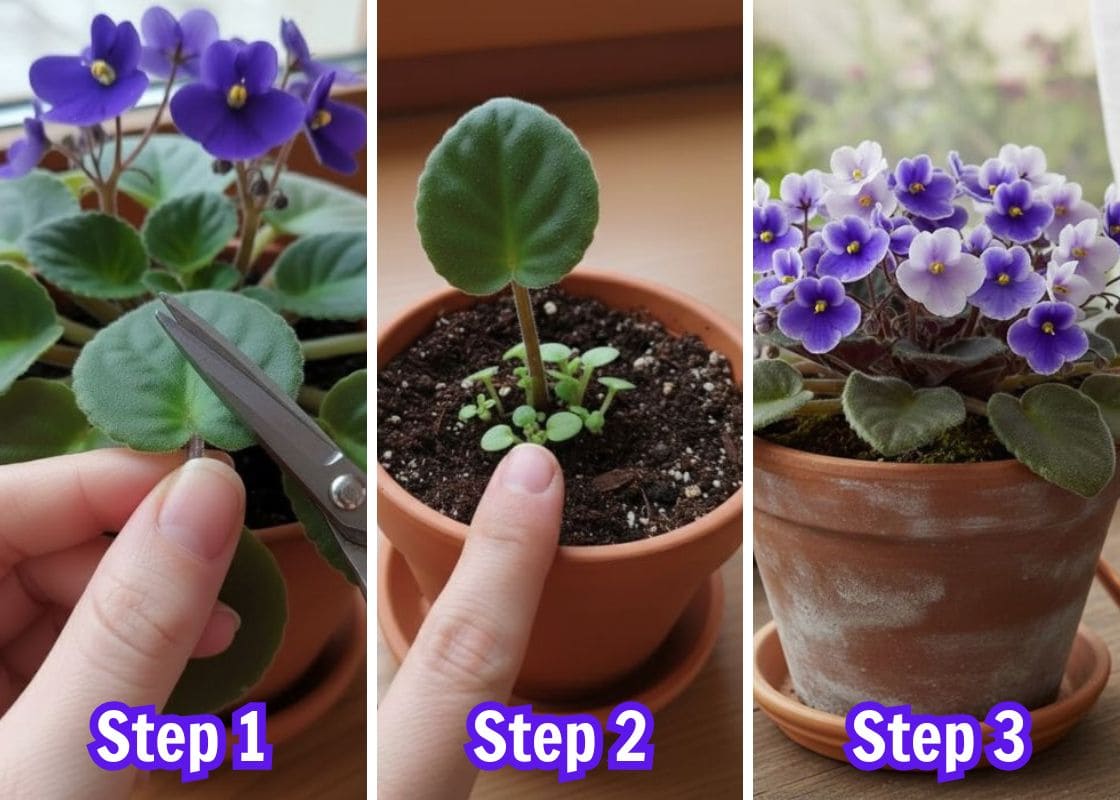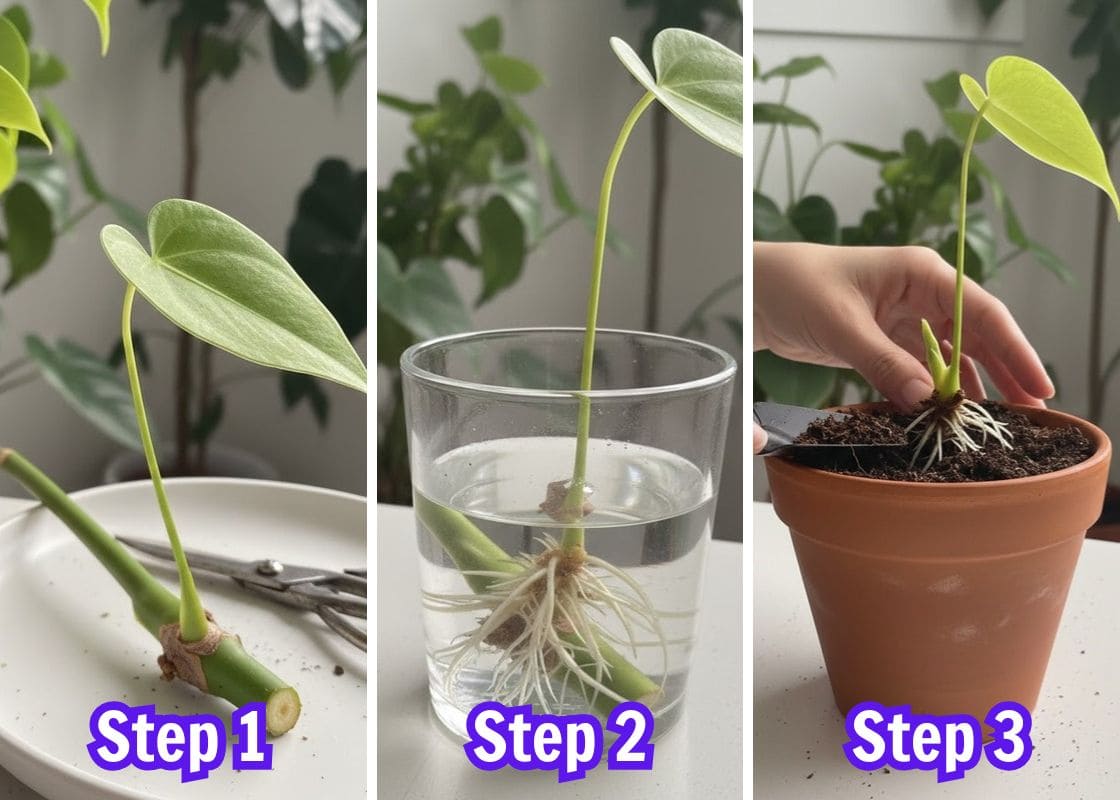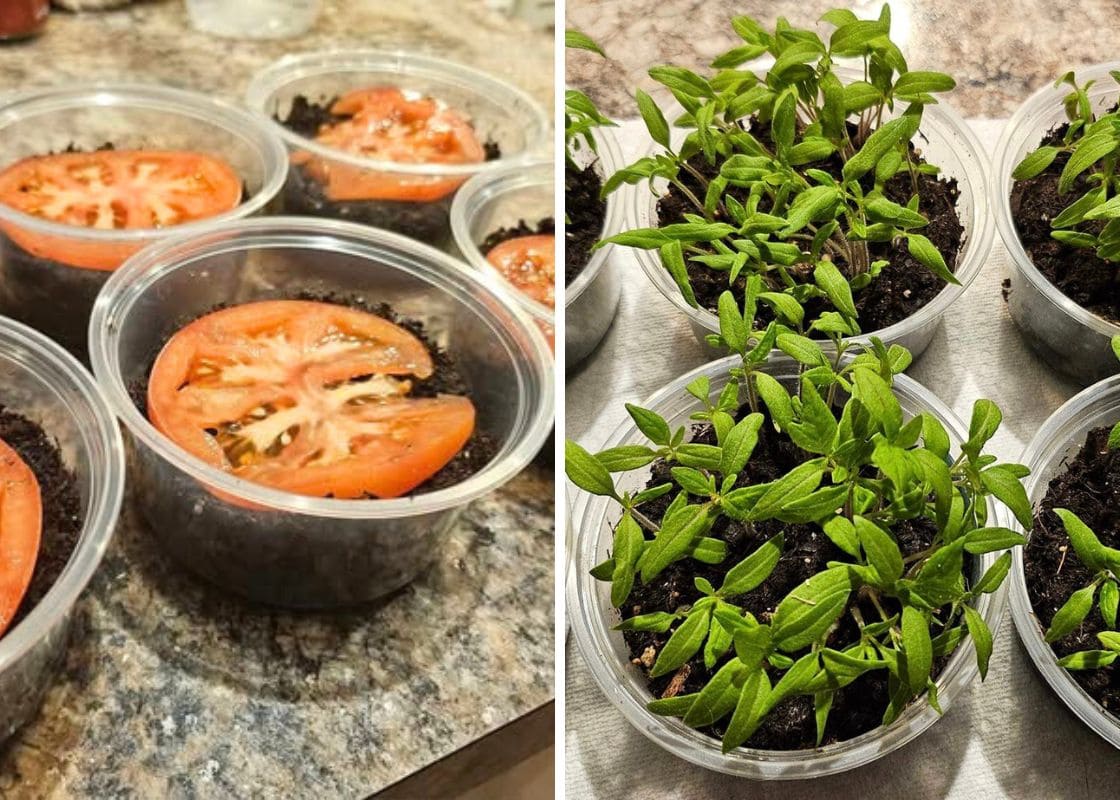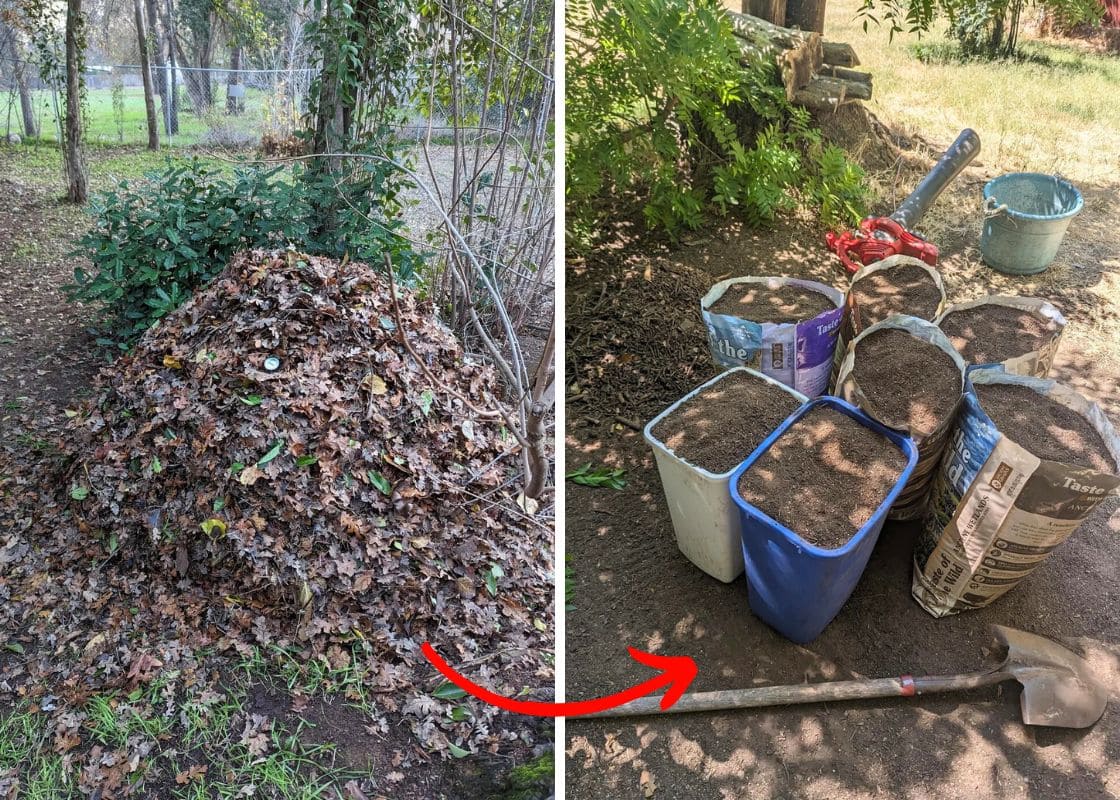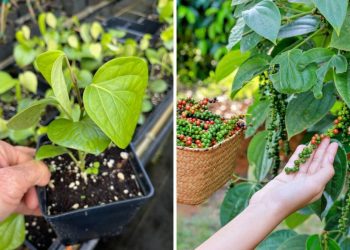The Christmas cactus is a beloved houseplant known for its vibrant, festive blooms that brighten homes during the holiday season.
Native to the coastal mountains of Brazil, this resilient cactus is easy to care for, making it a popular choice for both novice and experienced gardeners.
Not only does it add a splash of color to your indoor space, but it also purifies the air, making it a perfect addition to any home.
| Scientific name | Schlumbergera bridgessii |
| Common Names | Christmas Cactus, Holiday Cactus, Zygocactus |
| Height | 12-24 inches |
| Spread | Up to 24 inches |
| Flower Colors | Pink, Red, White |
| Light Requirements | Indirect, bright light |
| Watering Needs | Moderate |
| Soil Type | Well-draining, slightly acidic (pH 5.5-6.5) |
| Temperature Tolerance | 50-70°F (10-21°C) |
| Native Region | Coastal mountains of southeastern Brazil |
Preparation
A Container
You want a pot that’s just a bit bigger than the one your cactus is currently in. If your current pot is 10 inches wide, go for one that’s around 12 to 14 inches.
Make sure it has good drainage holes at the bottom. This is crucial because while Christmas cacti like moisture, they absolutely hate sitting in water.
Potting Mix
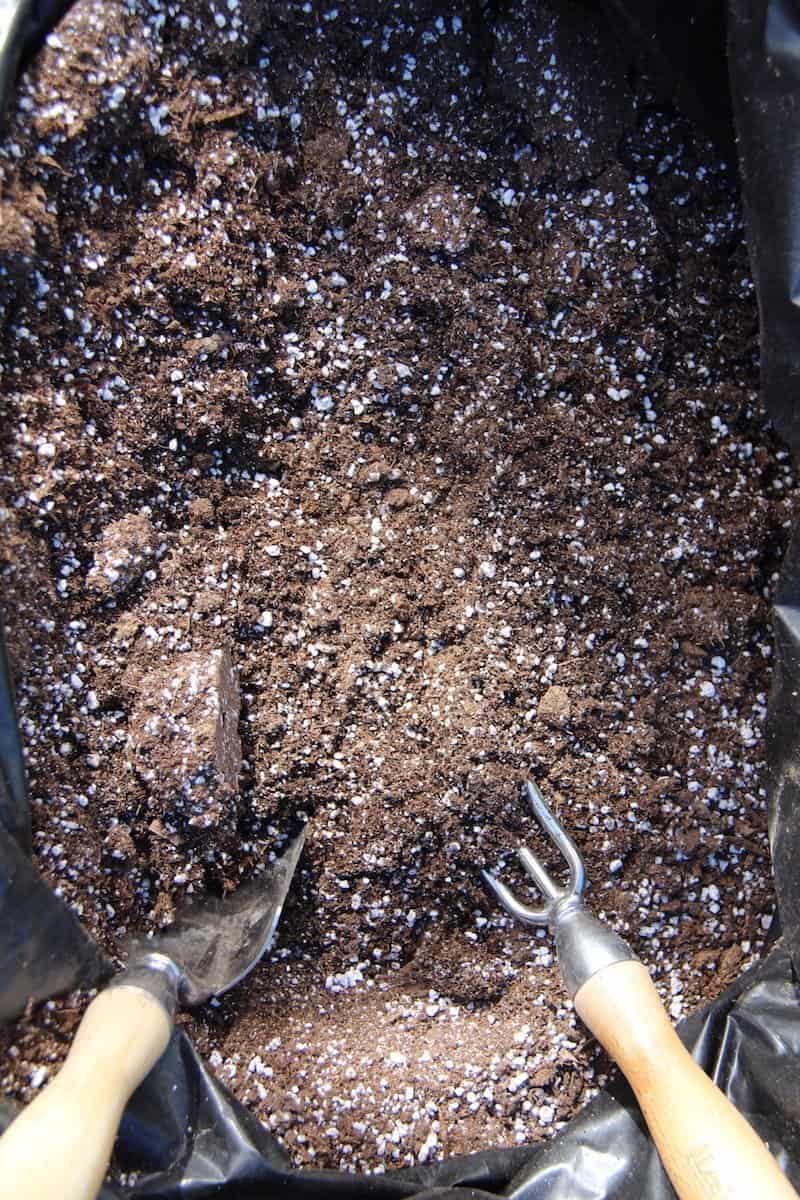
Your Christmas cactus will thrive in a well-draining mix. You can either buy a commercial mix designed for succulents or make your own.
A good homemade mix would be two-thirds regular potting soil and one-third sand.
This combination ensures that the soil doesn’t hold too much moisture, which can lead to root rot.
Growing Christmas Cactus In a Pot
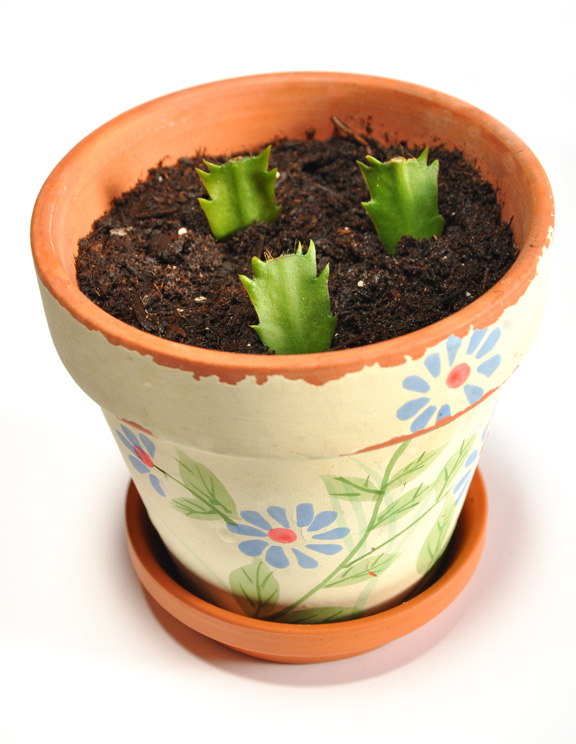
You start filling your container with a well-draining potting mix, then gently place a young Christmas cactus.
Remember to ensure the root ball is centered and covered with soil, but avoid burying the stem too deeply.
Next, you only need to water lightly to settle the soil, and place the pot in a location with indirect, bright light.
Care for Christmas Cactus In a Pot
Light
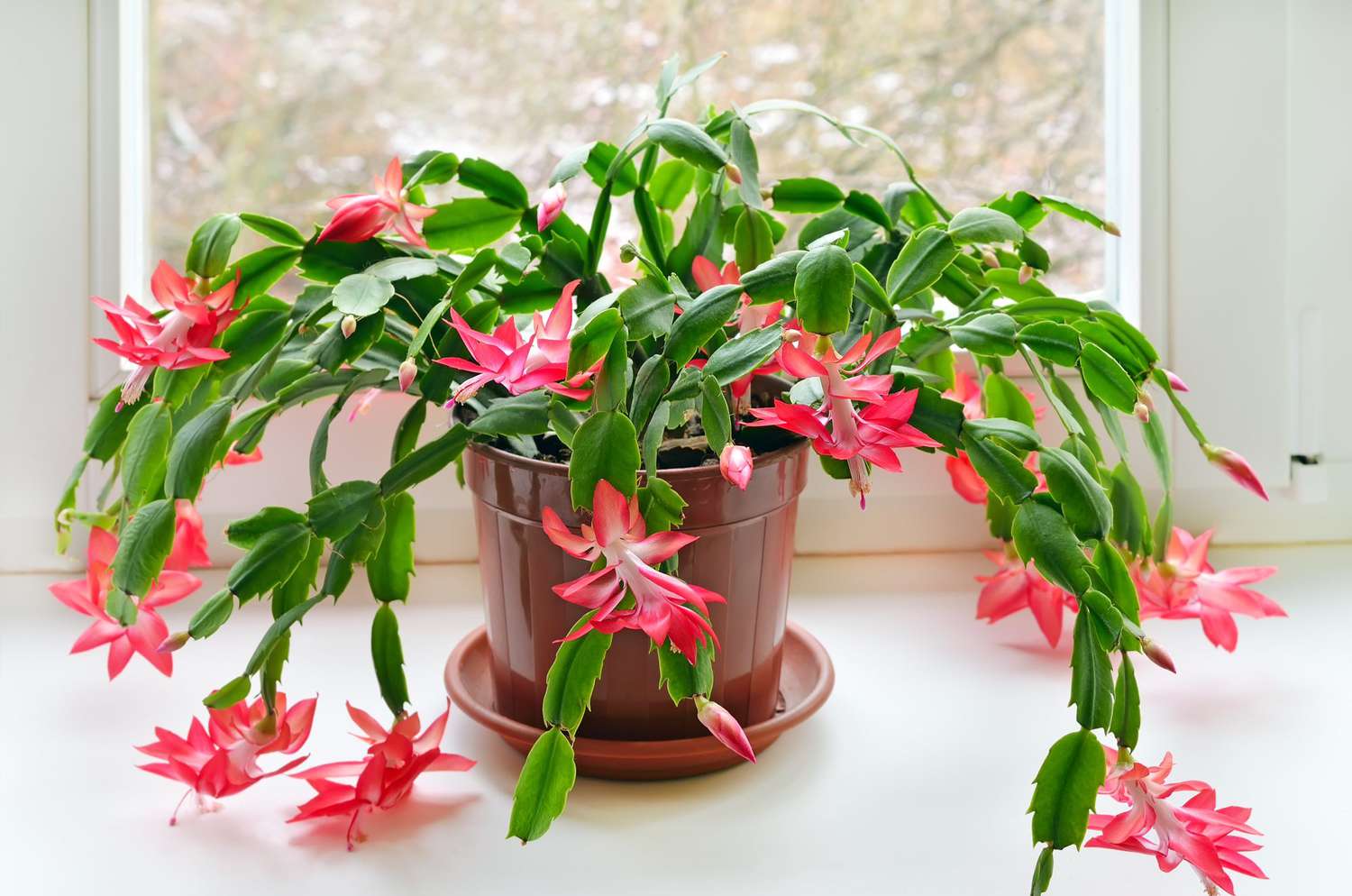
Christmas cactus loves bright, indirect light. It wants to be near a sunny window but not sunbathing directly.
Too much direct sunlight can actually burn its leaves.
Soil and Water
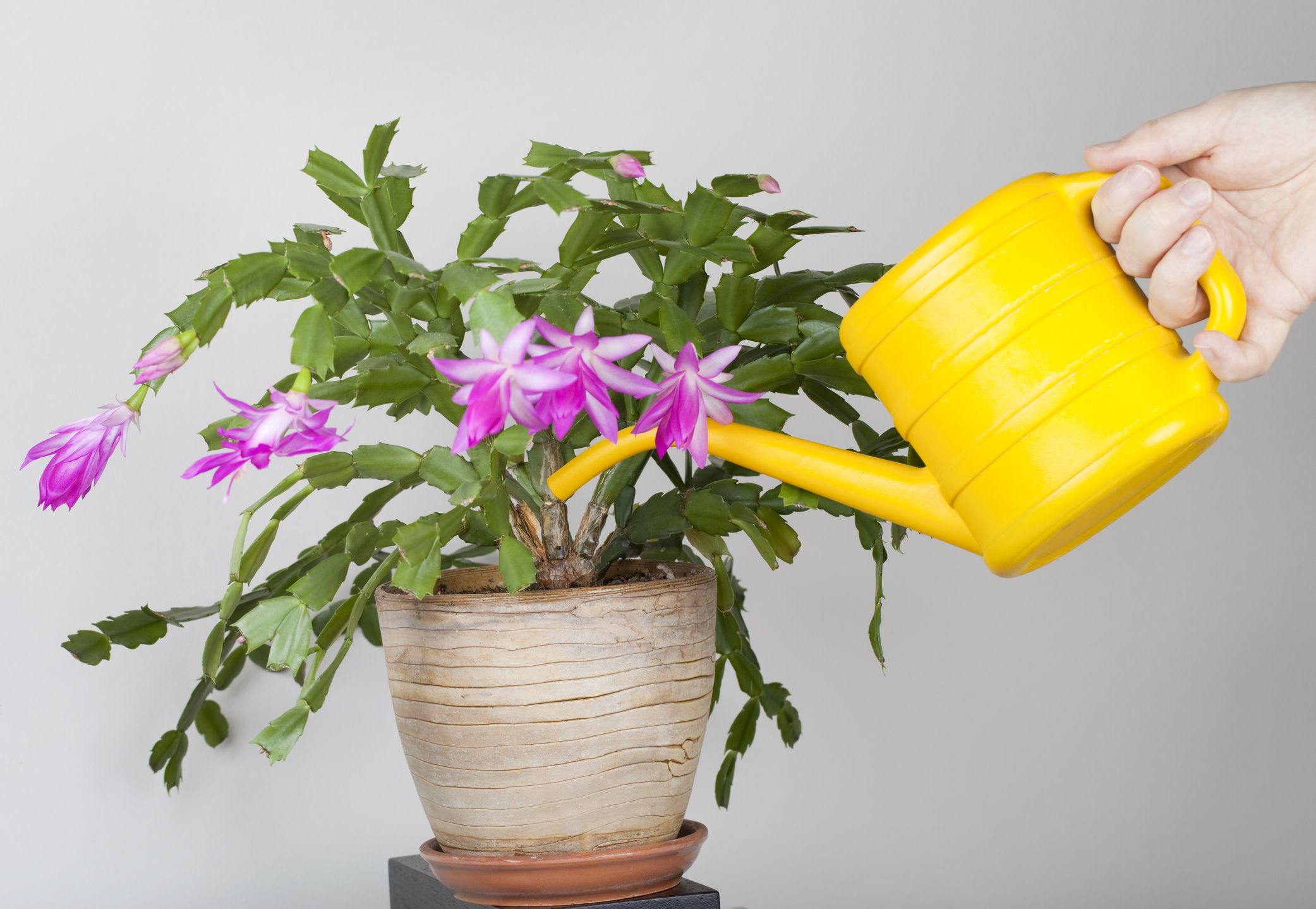
This cactus isn’t a desert dweller like its prickly cousins. It prefers a well-draining potting mix, something like a blend for succulents.
Overwatering is a big no-no. Let the top inch of soil dry out before giving it a drink.
Imagine you’re making a cup of tea – just the right amount, not too much, not too little.
Temperature and Humidity

Christmas cacti are tropical plants, so they enjoy a bit of warmth and humidity. Aim for daytime temps around 70°F and slightly cooler nights.
If your home is dry, especially in winter, a little humidity boost can help. A pebble tray with water or a room humidifier can do wonders.
Pruning
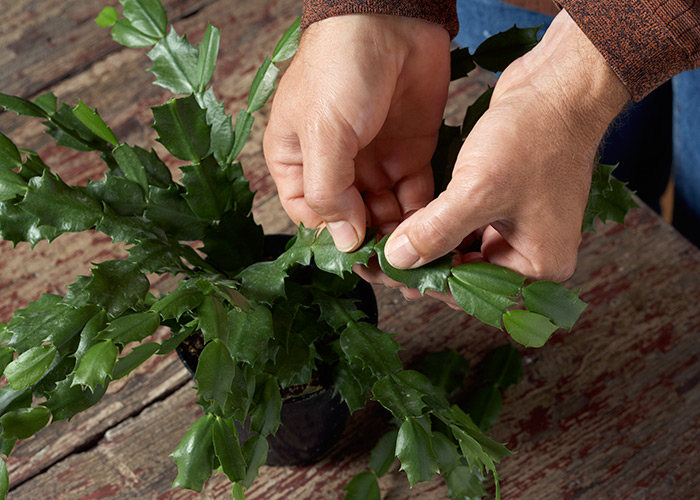
After your cactus has finished blooming, you can trim back any leggy or unruly growth. Just pinch off sections at the joints.
This not only keeps your plant looking neat but also encourages more blooms next season.
Fertilizer
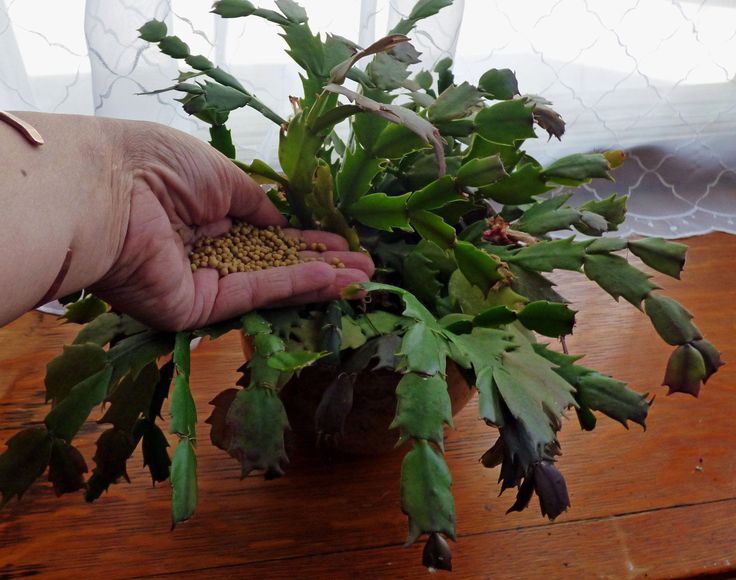
Christmas cactus isn’t a heavy feeder, but it does appreciate a little boost.
You should use a balanced, water-soluble fertilizer every month from spring through early fall.
Pests and Diseases
Christmas cactus can attract pests like mealybugs, spider mites, flower thrips, and fungus gnats.
Mealybugs appear as white, cottony spots, while spider mites are tiny red or brown specks causing discoloration and webbing.
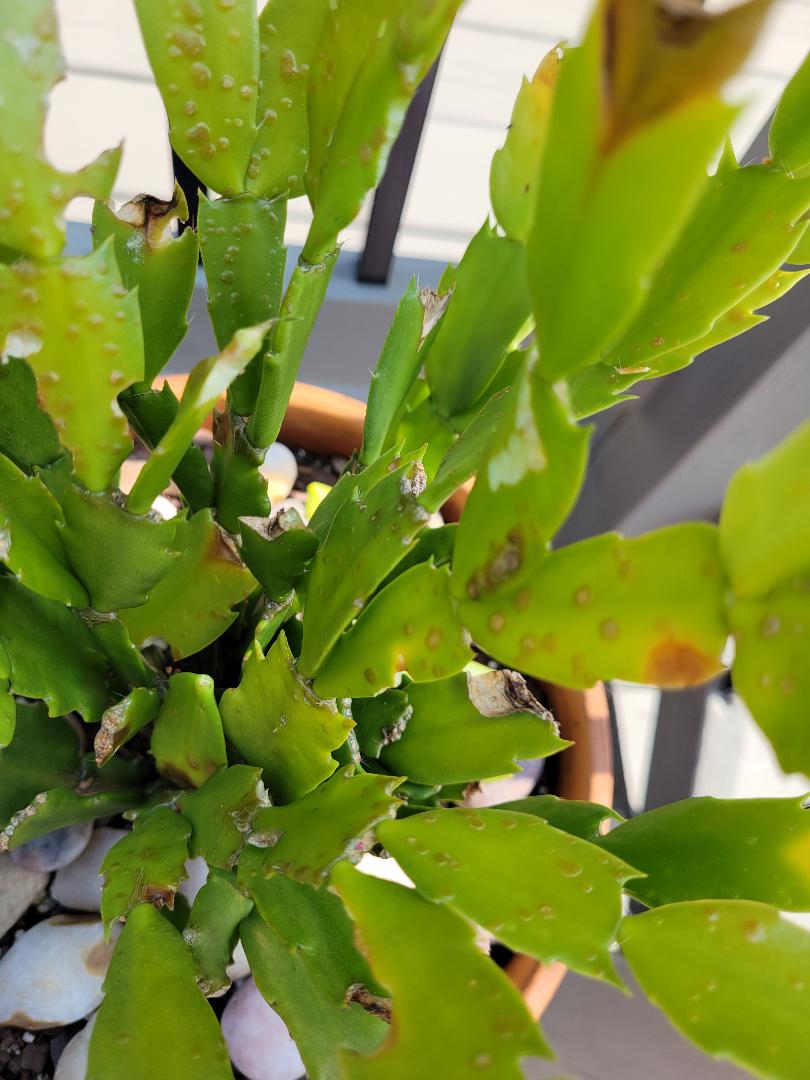
In addition, flower thrips damage flowers and leaves, and fungus gnats hover around the soil.
To control pests, use insecticidal soap or neem oil. Treat mealybugs with rubbing alcohol, and manage spider mites with miticide or water sprays.
You should let the soil dry out and use sticky traps for fungus gnats. Also, avoid overwatering to prevent fungal infections like Fusarium and Phytophthora.
Common Problems

One of the most common issues to Christmas cactus is overwatering leading to root rot.
If you notice the stems turning brown and mushy, it’s likely due to too much water. Let the soil dry out completely before watering again.
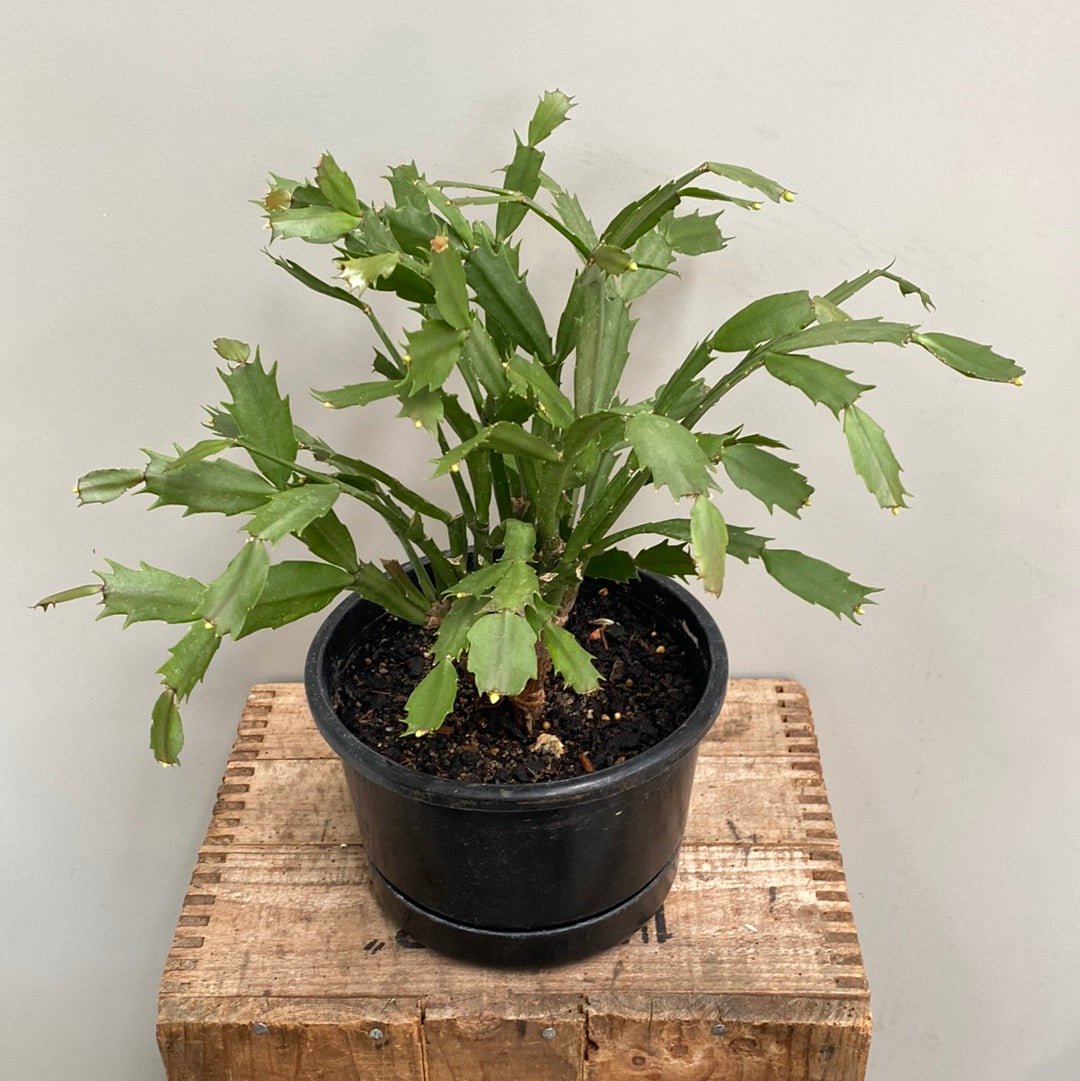
Sometimes, your cactus might not bloom as expected due to insufficient light or improper temperature.
Make sure your plant gets plenty of indirect sunlight and keep it in a room that’s around 65°F.
FAQs
Does a Christmas cactus like coffee?
Yes, in moderation. Diluted coffee can be beneficial as it adds nitrogen and acidity to the soil.
However, too much can be harmful, so use it sparingly – about once a month.
Can I propagate my Christmas cactus?
Yes, Christmas cacti are easy to propagate.
Simply take a healthy segment (2-3 segments long), let it dry for a day or two, then plant it in well-draining soil.
How often should I repot my Christmas cactus?
Repot your Christmas cactus every 2-3 years, preferably in spring after blooming.
Use fresh, well-draining soil, and only move to a slightly larger pot if needed.
Why are the leaves of my Christmas cactus turning red?
Red leaves can indicate too much sunlight or insufficient nutrients.
Try moving the plant to a location with less direct light and ensure it’s getting balanced fertilizer during the growing season.
Can I keep my Christmas cactus outside?
Yes, but only in mild climates.
Christmas cacti can be kept outside in shaded areas during the summer, but they should be brought indoors before temperatures drop below 50°F to prevent damage.


